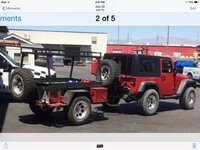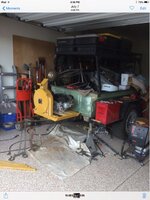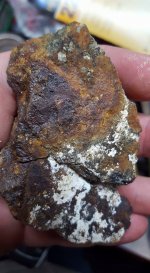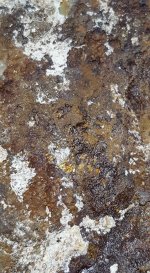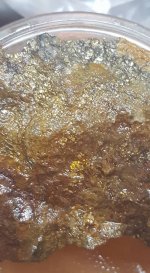Goodyguy
Gold Member
- Mar 10, 2007
- 6,489
- 6,900
- Detector(s) used
- Whites TM 808, Whites GMT, Tesoro Lobo Super Traq, Fisher Gold Bug 2, Suction Dredges, Trommels, Gold Vacs, High Bankers, Fluid bed Gold Traps, Rock Crushers, Sluices, Dry Washers, Miller Tables, Rp4
- Primary Interest:
- All Treasure Hunting
- Thread starter
- #101
Thanks for the suggestion on the vortex mat. I have an extra 3 foot long sluice that can be used as a dedicated sluice for the powdered ore. It has an old red felt like type of material currently for the matting, about 2 feet long under the riffles. Should I run the vortex mat the whole length? Or use the header portion as the "slick plate"? I do appreciate everybody's suggestions and comments on this build. Having somebody actually build one and work out all the kinks, then post all that information, eliminates a lot of guess work and having to experiment. Can't wait to get the rest of the build material for the drum!
I would recommend slick plate and then vortex mat the whole length. Best to have the slick plate level with the top edge of the mat. You don't want any slurry going underneath the mat! and NO riffles.
GG~


